Radiation therapy
Radiation therapy
External beam radiation therapy
X-ray radiation therapy is emitted by a particle accelerator, whose beam, directed at the patient’s prostate, penetrates the skin to destroy tumor cells. Depending on the case, radiation therapy can also be used to treat affected lymph nodes. This treatment is painless.
Brachytherapy
Brachytherapy is internal radiation therapy. In this treatment, a radioactive substance (radioisotope) is administered directly into the prostate. Radiation destroys cancer cells over time. There are two types of brachytherapy:
- Low-dose rate brachytherapy requires the implantation of permanent radioactive seeds into the prostate. This is generally an option if the cancer is relatively early stage and slow-growing, therefore at low risk of progression. It may be an option for intermediate-risk cancers, but according to specific criteria.
- High-dose rate brachytherapy involves temporarily inserting a radioactive substance directly into the prostate using catheters connected to a radiation source. In higher-risk cancers, this brachytherapy may be combined with external beam radiation therapy.
Systemic radiation therapy
Systemic radiation therapy is a type of radiation therapy in which a radioactive material circulates in the blood to reach cells throughout the body. Radium dichloride 223 (Xofigo) is a drug administered in systemic radiation therapy that can be used to treat hormone-resistant prostate cancer that has spread only to the bones and is causing pain.
Why and for whom
Radiation therapy can be administered for prostate cancer:
- As the primary treatment to destroy cancer cells
- After surgery to destroy any remaining cancer cells and reduce the risk of cancer recurrence (adjuvant radiation therapy)
- After surgery if cancer recurs in the area where the prostate was located (salvage radiation therapy)
- To relieve pain or manage symptoms of advanced-stage prostate cancer (palliative radiation therapy)
The radiation dose emitted during treatment, as well as the way it is administered and the schedules followed, vary from person to person.
Is it for you
External beam radiation therapy is used to treat prostate cancer using high-intensity beams of radiation. Specifically, it involves emitting radiation from an external source directed at your tumor and a small amount of surrounding normal tissue.
Its aim is to destroy cancer cells and prevent their multiplication and growth.
The benefits of ionizing radiation are not immediate but gradual because they depend on the cumulative effect of treatment sessions. It often takes a few months after the end of treatment to assess the results.
Sources of external radiation therapy include X-rays and gamma rays and particles such as electrons, protons, and neutrons.
Modalities
Since radiation therapy also affects healthy cells, radiation oncologists typically divide treatment into small doses administered once a day, 5 days a week.
With this treatment schedule, healthy cells have time to heal over the weekend (cancer cells do not regenerate as easily as healthy cells).
The treatment itself lasts only about 10 minutes, including preparation time. But you will likely need to spend an hour a day at the hospital to prepare for treatment. You do not need to stay in the hospital overnight. The full treatment program may span several weeks, depending on the reason for administering radiation therapy.
External beam radiation therapy…
- does not cause pain
- does not make the person radioactive
- cannot be seen, felt, or smelled
- does not require hospitalization or anesthesia
If your cancer has not spread to other parts of the body, this treatment could lead to a cure.
Who can have external beam radiation therapy?
- Men with prostate cancer, regardless of stage or risk of progression, alone or in combination with hormone therapy.
- Men who are not good candidates for surgery due to other health problems or their age.
- Men in whom cancer has not been completely eliminated or if it recurs after their surgery.
- Men whose cancer has spread outside the prostate and invaded surrounding tissues; it will be combined with hormone therapy during and after radiation therapy. This option may also be offered to men with few metastases.
- Men whose cancer cells have spread to the bones, to help shrink the tumor or alleviate pain caused by bone metastases.
Factors justifying this choice
For many men with localized prostate cancer, radiation therapy offers effective treatment without the risks and healing delays associated with surgery.
Radiation therapy seems to offer the same success rates as surgery for men whose life expectancy is between seven and ten years.
Types of external radiation therapy
Radiation therapy has become much more precise in recent years and is now referred to as “three-dimensional conformal radiation therapy” or “intensity-modulated radiation therapy (IMRT)”. This is the standard treatment, practiced in most radiology departments.
Powerful computers and tomographs (CT scans) are used to locate the prostate more accurately and provide a three-dimensional image of it. This allows the rays to be administered much more precisely, maximizing the effect on cancer cells. It also helps avoid damaging the surrounding healthy tissue, reducing the risk of side effects.
Advantages of radiation therapy
- If your cancer is localized or locally advanced, radiation therapy aims to completely eliminate it.
- Radiation therapy may be an option even if you are not fit or well enough for surgery.
- Many men are able to continue their normal daily activities during treatment.
- You avoid hospitalization, general anesthesia, surgery with its possible complications.
- Treatment sessions are short, and you are not required to stay in the hospital.
Disadvantages of radiation therapy
- Traveling for treatment 5 days a week for several weeks. This can be inconvenient depending on the distance to travel and your mode of transportation.
- The exact nature and extent of your tumor cannot be known as with surgery.
- Failures can rarely be treated surgically (the exception). Radiation therapy may have damaged your prostate and surrounding tissues, making prostate removal more difficult and increasing the risk of side effects.
- Significant decrease in your ejaculate and loss of fertility if you want children.
Risks and complications of radiation therapy
Radiation therapy damages cancer cells. Healthy cells in the treated area can also be damaged, even with precautions to protect normal tissue as much as possible. Side effects occur because healthy cells are damaged. However, they do not affect all men in the same way.
Short term
They may appear a few weeks after starting your radiation therapy and gradually disappear within a year after the end of treatment. You may experience the following side effects:
- Fatigue: decreased energy, weight loss, or changes in your appetite.
- Gastrointestinal or rectal problems: diarrhea, abdominal cramps, pain during bowel movements, rectal bleeding, anal irritation.
- Urinary problems: burning sensation when urinating, urinating more frequently than usual, difficulty urinating, blood in the urine, urinary leakage.
- Skin reactions: redness, itching, dry skin, and hair loss in areas affected by the radiation beam. You will not lose hair elsewhere, and you will not lose your hair.
Medium to long term
However, some may persist as healthy cells take time to recover from radiation therapy. Late effects may occur months to years after treatment. Side effects vary:
- Scar tissue in the urinary passage that slows urine flow
- Permanent change in bowel frequency
- Blood in your stools or urine
- Significant decrease in ejaculate and loss of fertility
- Erectile dysfunction
It is important to report any side effects to the radiation therapy team. Most can be relieved with medication, dietary changes, or other methods.
 Your doctor has suggested radiation therapy to treat your prostate cancer? This section outlines this treatment and the precautions to ensure everything goes as smoothly as possible.
Your doctor has suggested radiation therapy to treat your prostate cancer? This section outlines this treatment and the precautions to ensure everything goes as smoothly as possible.
Procedures for external radiation therapy
Pre-treatment visits
Shortly before starting your treatment, you will meet with your medical team to prepare for your treatment and then begin it. Normally, three visits are planned: one with your radiation oncologist (or more if necessary), one for the implantation of gold or platinum seeds, and one for simulation/planning scan (see Before starting treatment below).
Simulation
Simulation is a planning session performed before the first session of external radiation therapy. It ensures that the radiation will be directed exactly to the same location at each session.
Duration of the procedure
The usual treatment may last for several weeks. Your treatment may be shorter if you are part of a research group or if you are also receiving high-dose rate brachytherapy (another type of radiation therapy). If so, you will receive explanatory documentation on this.
Preparation before your radiation therapy treatments
Proper preparation can make your radiation therapy sessions less difficult than expected, including your transportation or accommodation needs. Additionally, your preparation will play an essential role in a quicker and less stressful recovery. By reading the following on this page. you will know what to expect and how to deal with it.
Are your treatments far from home?
If necessary, contact the Quebec Cancer Foundation for accommodation. It offers affordable, comfortable, and safe accommodation near major radiotherapy centers. Their Hospitality Houses in Montreal, Gatineau, Sherbrooke, Lévis, Quebec City, and Trois-Rivières welcome you and a close companion for the duration of your treatments.
Your diet during your treatments
Although you can eat whatever you want during your radiation therapy treatments, you should expect to make some adjustments to your diet, particularly regarding foods that greatly increase intestinal activity (see The process below). Feel free to ask for a referral to a nutritionist to adapt your diet.
Questions to my doctor
We invite you to consult our page Questions to ask to your doctor and your healthcare team regarding tests and diagnostic exams for prostate cancer. Asking questions will open up communication, provide information tailored to your situation, and reduce the stress associated with understanding the diagnosis of prostate cancer.
Before beginning radiation therapy treatment
You will have several meetings with your radiation oncologist and their team before undergoing your first radiation therapy session. They will take the time to explain your treatment plan, potential side effects, available strategies to anticipate or mitigate them, and the steps leading up to your initial radiation therapy session. By reading the following on this page, you will understand what to expect.
During external radiation therapy
Throughout each session, you will remain in the same position
At the start of each session, technologists ensure technical functionality. They also capture images to locate the prostate using platinum grains. Once your positioning is confirmed, they exit the room. However, an intercom and cameras maintain communication. They can see and hear you, and you can communicate with them.
Following treatment, a technologist will provide the date and time of your next appointment.
Throughout treatment, you will meet regularly with the radiation oncologist to monitor side effects and evaluate progress.
Will I experience pain?
During treatment, you should not feel any discomfort. However, you may encounter side effects after several sessions.
Safety precautions
External radiation therapy does not render individuals radioactive. There is no risk in proximity to others, including children, immediately following treatment.
Your diet during treatment
The radiology team may recommend a low-fiber or low-residue diet throughout treatment. This diet restricts fiber-rich foods, such as whole grain breads and cereals, nuts, seeds, raw or dried fruits, raw vegetables, caffeine, and dairy products high in lactose. The aim is to reduce bowel movements, bloating, and gas, and to alleviate symptoms like diarrhea and/or stomach cramps. For more information, refer to the article Which foods should I avoid during radiation therapy?
Instructions to follow
Take care of your skin
- Wash the areas treated by radiation with a mild, unscented soap, without lanolin, with a neutral pH. If necessary, seek advice from a pharmacist.
- If needed, your doctor may prescribe a cream to use during the treatment period.
- Do not use any products on the treated skin without consulting your doctor first.
- Wear loose-fitting clothes to reduce irritation to the treated areas. Choose cotton or natural fabrics.
- Cover the treated area to protect it from the sun.
- Do not apply heat or cold directly to the treated area.
- Do not remove the marks made by the team on your skin.
Avoid foods that significantly increase intestinal activity
- Avoid whole grain bread, prunes, dried fruits, cucumbers, nuts, leeks, fermented cheeses (brie, Oka), legumes, large amounts of juice, ice cream…
- Also, reduce your consumption of coffee and milk. A nutritionist can answer YOUR questions, if needed.
- Drink plenty of water.
Activities during treatment
Some people may continue to work and engage in their usual leisure activities while receiving radiotherapy. Others may find themselves getting tired easily and needing more rest. Take a nap when you need it.
Physical contacts and sexual activity are safe after external radiotherapy. Some people may need to take extra care of their skin for a while after treatment.
Medical follow-up
Medical certificate
If you need a medical certificate, remember to request it directly from your radiation oncologist.
Success rate
As with radical prostatectomy, it is impossible to establish a general success rate with radiotherapy.
- This varies depending on each case because the diagnosed tumor grade, its stage of spread, and the PSA level before treatment must be taken into account.
- The lower these data are, the better the chances that the patient will be definitively cured.
PSA test
Digital rectal examination and measurement of prostate-specific antigen (PSA), performed regularly – every three to six months – allow your radiation oncologist to monitor your condition. It is the PSA test that best predicts the risk of prostate cancer recurrence.
Your PSA level
With radiotherapy, it is not expected that the PSA level will drop to 0 ng/mL since there are always normal prostate cells remaining. Usually, the PSA level drops to a plateau and stays there. Your level should start to decrease in the months following the start of treatment. It may even continue to decrease one year after treatment.
At each follow-up appointment, your radiation oncologist will evaluate three parameters:
- if the PSA level increases
- how long after the end of treatment it occurred
- and how long it takes for this level to double (its velocity)
Recurrence
If the PSA level starts to rise, the doctor will monitor how long it takes to double. The shorter these periods, the greater the risk of recurrence and the more aggressive the recurrence will be. For example, a PSA level that starts to rise eight months after the end of treatment and doubles in six months is much more concerning than a PSA level that starts to climb three years after radiotherapy and takes one year to double.
If necessary, hormone therapy may be prescribed. Otherwise, discuss with your radiation oncologist about salvage treatments after radiotherapy.
Remission
You will be monitored for at least five years after your radiotherapy. After seven to ten years without recurrence, the risks of the cancer coming back are low. Advances in radiation techniques have made late adverse effects less frequent and less severe. However, some symptoms may appear several months or years after the end of treatment. The most common problems associated with radiotherapy are urinary, gastrointestinal, and erectile dysfunction.
Side effects
Intestinal and urinary function
Sometimes intestinal and urinary functions do not return to normal at the end of treatment. This occurs in 5% to 10% of men.
- Some medications (such as cortisone, which reduces inflammation of the rectum) and muscle relaxants can sometimes provide relief.
- Request an appointment with a nutritionist or dietitian for your intestinal problems.
- Discuss your urinary problems with your doctor. Often, they can be easily corrected with medication or intervention.
Blood in your urine or stool
- Sometimes blood in the urine (microscopic hematuria) is observed. If you notice blood in your urine, notify your urologist.
- You may also notice blood in your stool. Most often, this is a problem that will disappear quickly at the end of treatment. However, you should discuss this with your doctor who will likely want to consult with a specialist to evaluate the bleeding area.
For more information on urinary and intestinal disorders, see our section on side effects.
Erectile function
The percentage of risk of erectile dysfunction may vary for each patient. However, unlike other side effects, erectile dysfunction appears gradually several months or even years after treatment, but does not affect pleasure.
- As cell death is gradual, you will retain your erectile capacity for several years, but it will decrease over time.
- Your erectile function depends on your sexual function before your treatment, your age, your overall health.
- Your erectile function will be more affected if your radiotherapy is combined with hormone therapy, due to the loss of your libido.
For more information on erectile dysfunction, see our section on sexual disorders.
Additional Information - Treatment options
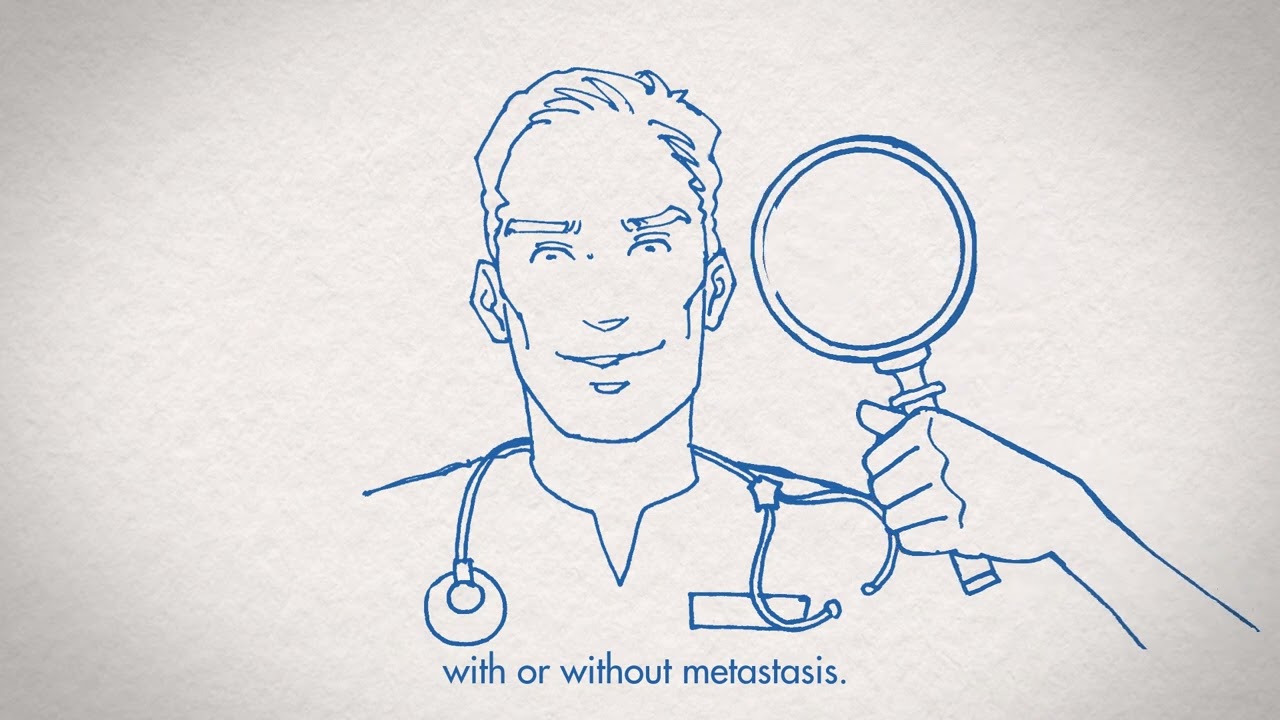
Medical monitoring and care management
Are you undergoing treatment for prostate cancer? Various approaches can help monitor it.
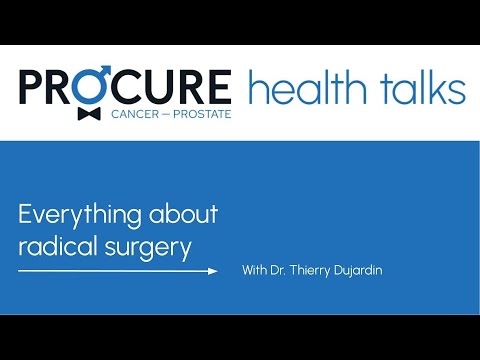
Everything to know about radical surgery
Considering radical surgery for your cancer treatment? Watch this webinar to learn about the procedure, its benefits, drawbacks, and suitability for you.

Urinary and sexual problems after treatment
Prostate cancer treatments can lead to side effects, such as erectile dysfunction and urinary incontinence, which vary in intensity and duration.
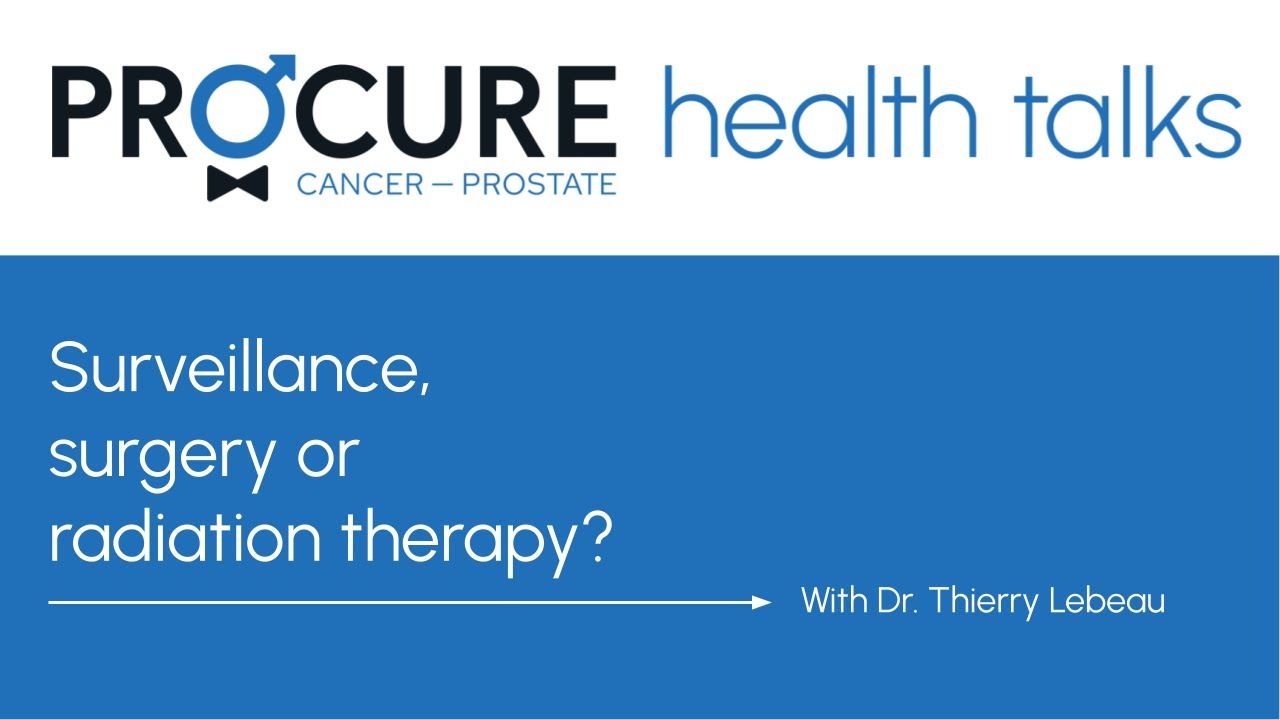
Surveillance, surgery or radiation therapy?
Diagnosed with prostate cancer? Several treatment options are available based on the stage, age, and your health.
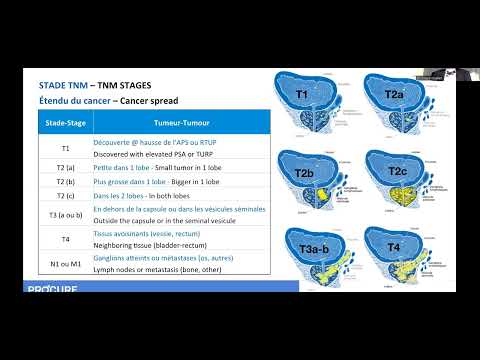
Active surveillance as a treatment option?
Did you know that in many cases it is not necessary to treat prostate cancer?
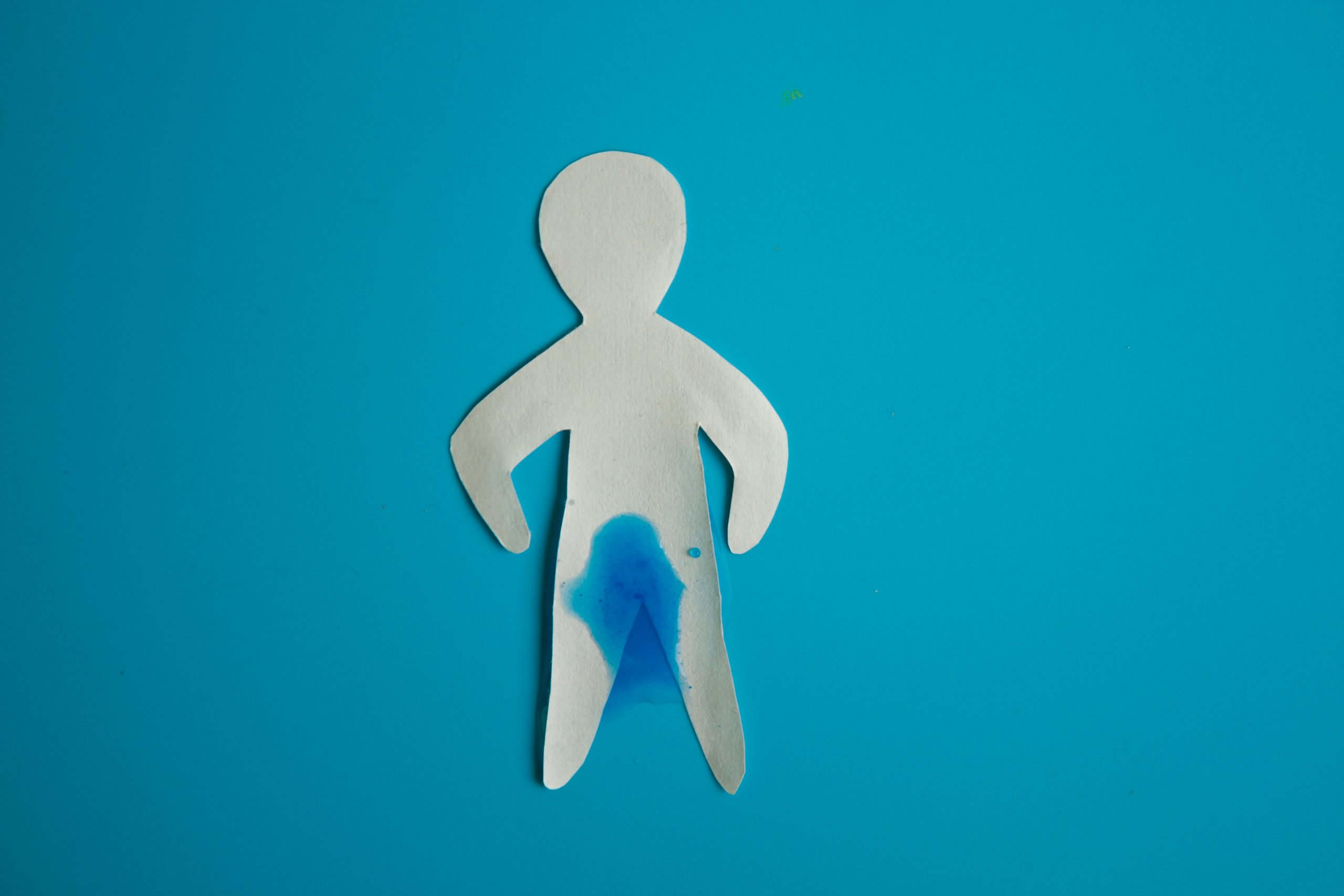
I was told about leaks, not incontinence
It is not uncommon to have calls from patients asking us why they suffer from incontinence following radical surgery to treat their prostate cancer.
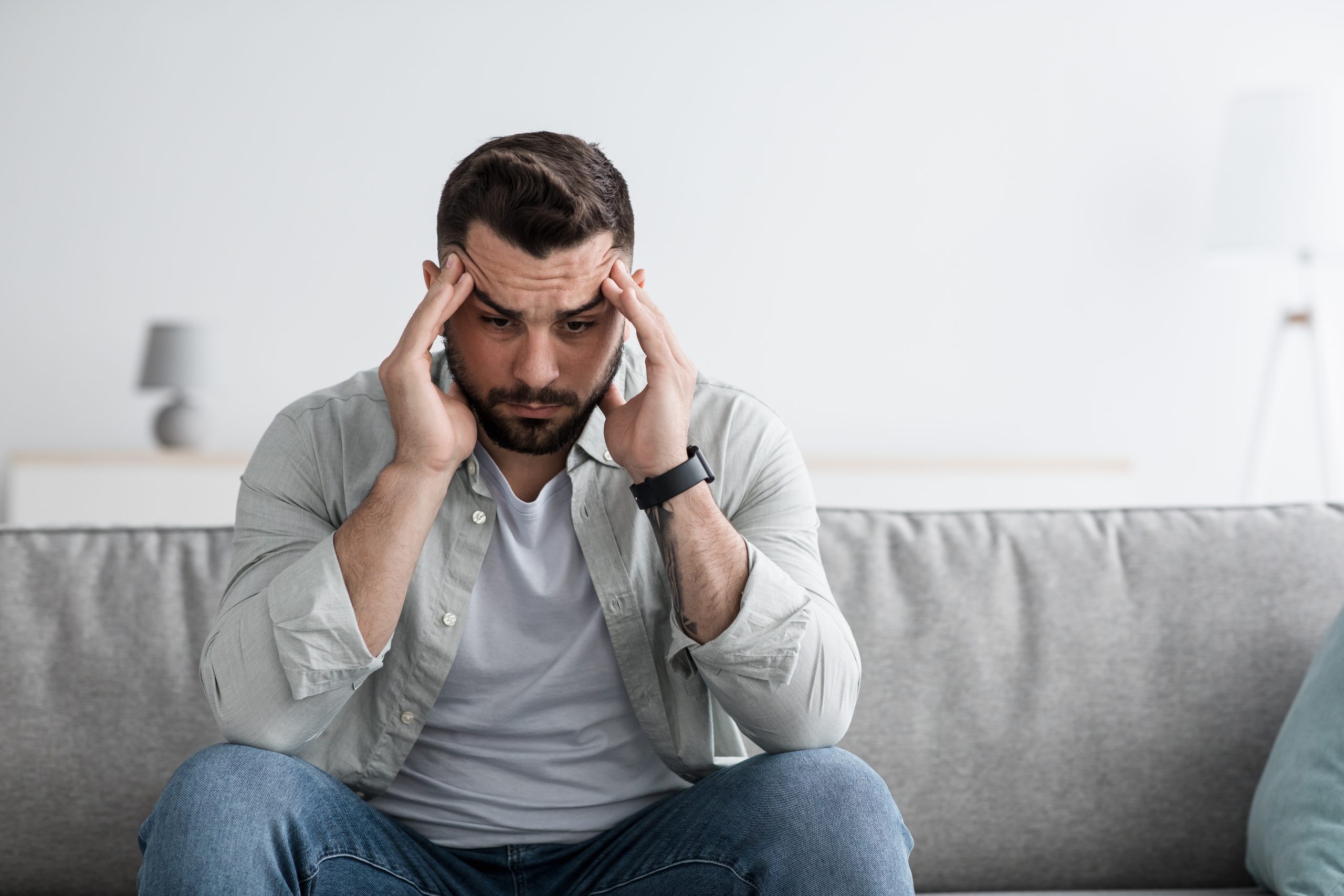
I have 4 treatment options; confused, you say?
If being diagnosed with prostate cancer is a massive blow for men, the treatment options can quickly become a headache…
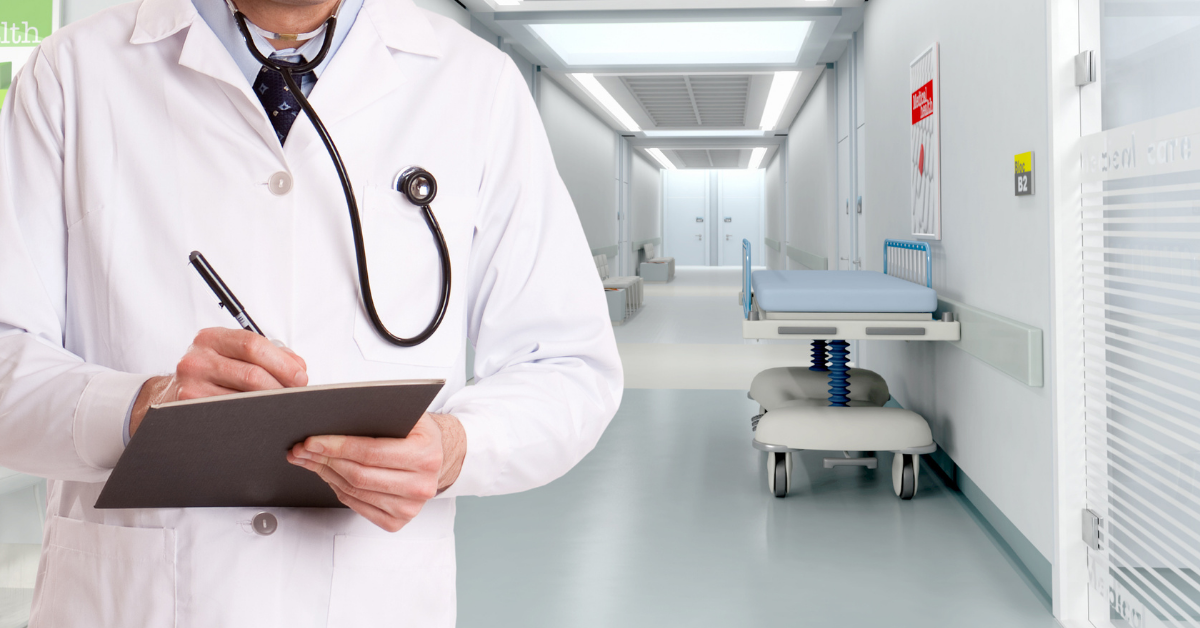
Active surveillance in 5 points
As surprising as it may seem, your doctor may prefer to wait before starting treatment.

Permanent brachytherapy: What exactly is it?
Permanent brachytherapy often called low dose rate brachytherapy, administers very small doses of radiation. They are emitted from small sources containing radioactive iodine, called “iodine 125”. These sources look like grains of rice. They stay in your prostate forever. However, their radioactivity decreases over time. After 6 months, 95% of the radioactivity has disappeared. The presence of these sources does not cause any long […]

Radical surgery: 5 points to remember
If you’ve been diagnosed with prostate cancer, your doctor will consider many factors before recommending the best treatment. For many of you, this may mean completely removing the prostate, which is radical surgery. Here are 5 points to remember if you are considering this option. Radical surgery: Is it for you? Radical surgery is the most common […]
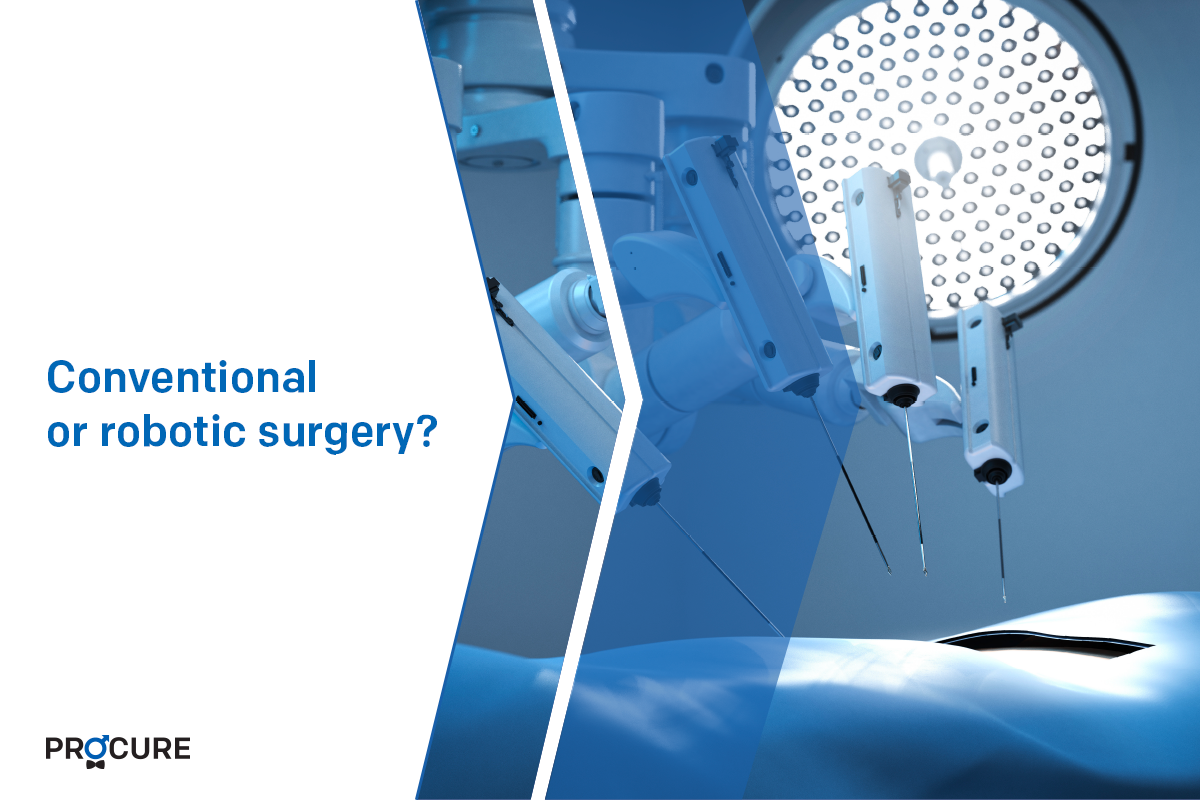
Conventional or robotic surgery?
Here is a typical case of concern from a patient who has opted for radical surgery as a treatment for his cancer and who asks the famous question: Which surgery is better? Conventional or robotic surgery? Before answering it, let’s take a look at the context in which the question was asked of our nurses […]

Choice between radical surgery or radiotherapy?
Unless you are not a candidate for either option, there are generally no strict rules for deciding whether radical surgery or radiotherapy is preferable as a treatment. If your cancer is really confined to your prostate, it can be cured with surgery or radiation therapy. However, to benefit from a cure, your life expectancy must be […]

Recovery timeline after surgery
Recovery timeline after surgery, that is after radical prostate surgery, varies from person to person depending on how their body heals naturally and the severity of the disease before surgery. Here are some tips to help you with your recovery timeline. Plan your return home After surgery, you will not necessarily have the energy to […]

What is successful active surveillance
Is it possible to achieve successful active surveillance? Of course. Does this mean your cancer will never progress? Not at all. But in 65-70% of cases, cancer does not progress because the patient was a good candidate for this type of treatment option. Having prostate cancer does not necessarily mean that you will be treated. […]
Sources and references
Last medical and editorial review: April 2024. See our web page validation committee and our collaborators by clicking here.


